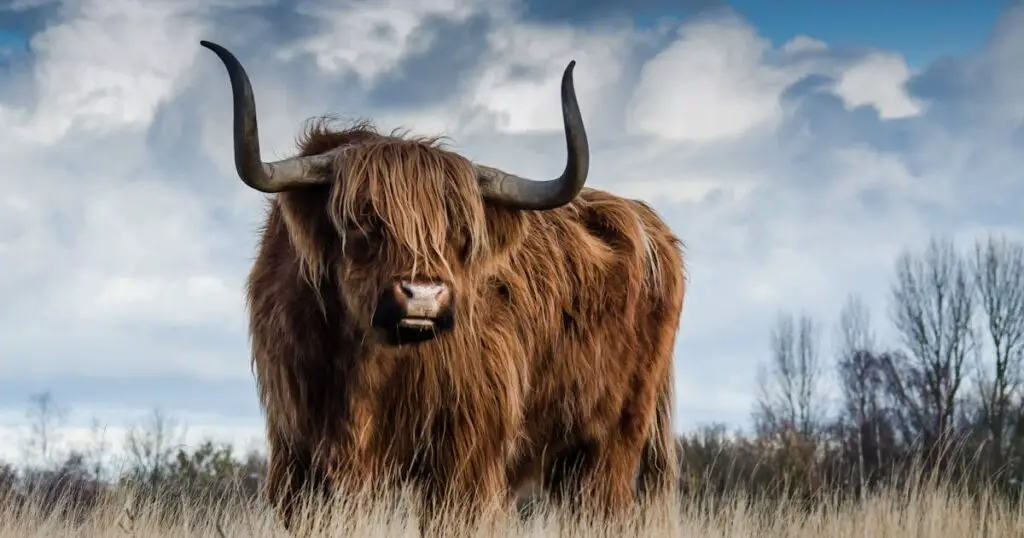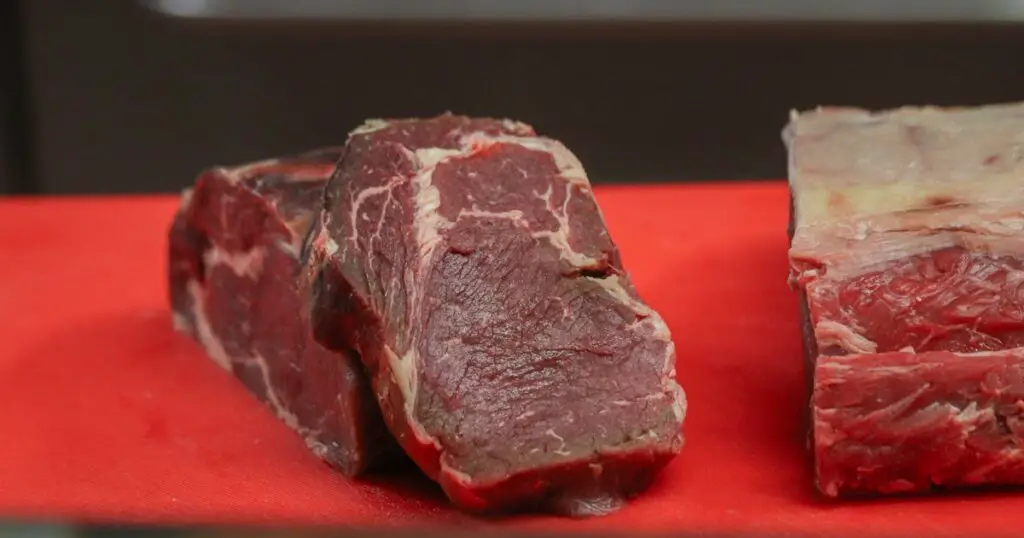Key Takeaway: Grass-fed beef is a nutritious and environmentally friendly choice, but verify the meat's origin and look for certifications to ensure you are purchasing a high-quality product.

When it comes to selecting quality grass-fed beef, a little due diligence goes a long way. By ensuring that the beef you buy is truly grass-fed, you can enjoy a safe, nutritious product while supporting sustainable farming practices.
Don't miss out our YouTube videos! Subscribe to our channel and stay updated. Thank you! ☺️
In this guide, you’ll find key considerations to keep in mind when choosing grass-fed beef, along with cooking tips to make the most of its flavor and nutritional value.
How to Cook and Prepare Grass-Fed Beef
Here are some tips on how to prepare grass-fed beef to maximize its flavor while preserving its nutritional benefits.
Low and Slow Cooking Methods Are Best
Because grass-fed beef is leaner than grain-fed beef, it requires different cooking techniques to avoid drying out or becoming tough. For tougher cuts, low-temperature settings with slow cooking times, such as braising or stewing, work best.
This method helps the meat retain moisture and allows flavors from herbs and spices to infuse into the beef during the cooking process.
Simple Seasoning for Steaks
For steaks, I recommend keeping it simple—just salt and pepper. Grill over medium-high heat for a few minutes on each side, adjusting the grill time based on the thickness of the steak and your preferred doneness.
Flavorful ingredients like garlic, onions, herbs, and spices can enhance the taste without overshadowing the natural flavor of the beef.
Use an Instant-Read Thermometer
To achieve optimal results, use an instant-read thermometer. Insert it into the thickest part of the steak after searing both sides on medium/high heat.
Aim for an internal temperature of 130°F for medium-rare. Remove the steak from the heat source immediately and allow it to rest before serving. This resting period permits carryover cooking, resulting in perfectly cooked steaks every time.
Cooking grass-fed beef requires a bit more care and attention, but with the right techniques, you can enjoy its health benefits while savoring delicious meals.
How to Choose Quality Grass-Fed Beef?
Choosing quality grass-fed beef is an important step in ensuring you receive the full spectrum of nutritional benefits and flavors that this type of meat offers. Here are some factors to consider when selecting grass-fed beef:
Look for Certification
Check for labels such as “100% grass-fed” or “grass-finished.” Certifications from reputable organizations, like the American Grassfed Association (AGA) or USDA Organic, can provide additional assurance that the meat adheres to strict standards regarding animal diet and raising practices.
Verify the Source
Buying from local farmers’ markets or directly from reputable farms can offer greater transparency into how the cattle were raised.
Many small-scale farms provide detailed information about their farming practices, allowing you to verify that the beef is truly grass-fed and ethically raised.
Inspect the Packaging
Quality grass-fed beef should have minimal packaging with clear, honest labeling. Look for packaging that highlights transparency, providing all necessary information at a glance. If the packaging lists ingredients or additives beyond the meat itself, this could be a red flag indicating potential quality issues.

Opt for beef with a simple, clean label that explicitly states it is free from hormones and antibiotics. Additionally, consider seeking certifications from trusted organizations that ensure the meat meets high standards of animal welfare and environmental sustainability. This extra effort can help ensure you’re getting the healthiest and most ethically sourced meat possible.
Observe the Color
High-quality grass-fed beef typically has a darker, richer color compared to grain-fed beef. This is due to the animal’s natural diet, which consists primarily of grasses and forage, leading to a higher concentration of nutrients and antioxidants in the meat.
While color alone isn’t a definitive indicator of quality, it can be a useful clue when combined with other factors such as marbling, texture, and the overall health of the animal. Additionally, grass-fed beef is often considered to have a more robust and distinctive flavor, which many consumers prefer.
Check the Fat Content
Grass-fed beef tends to have a yellowish tint to its fat, which comes from the higher levels of beta-carotene. This natural coloration differs from the white fat seen in grain-fed beef and indicates a diet rich in natural forage.
By keeping these tips in mind, you can more confidently choose high-quality grass-fed beef that supports your health and aligns with sustainable and humane farming practices.
FAQs About Grass-Fed Beef
Here are some faq question answer
Is There a Real Difference in Grass-Fed Beef?
Grass-fed beef differs significantly from other types, offering higher levels of healthy fats like omega-3s and CLA, more antioxidants, and lower levels of unhealthy fats and cholesterol.
Raised on pasture, it is leaner, has fewer calories, and can have a sweeter flavor compared to grain-fed beef.
Is Grass-Fed Beef Worth the Extra Cost?
Many believe grass-fed beef is worth the extra cost. It offers superior nutrition and taste, especially when truly grass-finished.
Organic, 100% grass-finished, free-range beef typically has a richer flavor, which many prefer.
What is Special About Grass-Fed Beef?
Beyond the health benefits, grass-fed beef requires less energy input since it relies on natural resources rather than processed feed grains.
This makes it an environmentally conscious choice for those looking to reduce their carbon footprint while enjoying delicious meals.
What Does 100% Grass-Finished Beef Mean?
100% grass-finished beef means that the cattle have been raised on an exclusive diet of grass and forage, without any grain or other supplements.
Typically allowed to graze freely on pastures rather than confined in feedlots, this method results in more humane production with a lower environmental impact.
Conclusion
When buying grass-fed beef, it’s essential to know what you’re getting. As discussed, not all grass-fed beef is the same, and some claims may be misleading.
Choose quality grass-fed and grass-finished beef from a trusted source, understand proper cooking and preparation methods, and reap the health benefits of this type of meat.
By carefully considering your next purchase, you can ensure you’re truly getting what you pay for.



Leave a Comment
You must be logged in to post a comment.